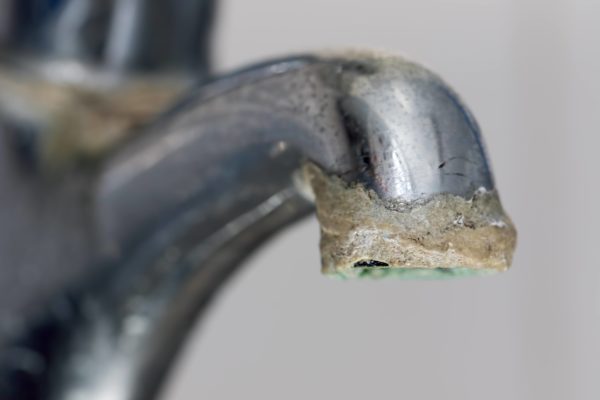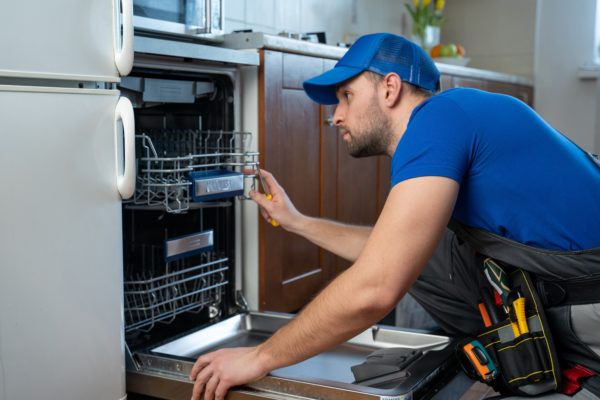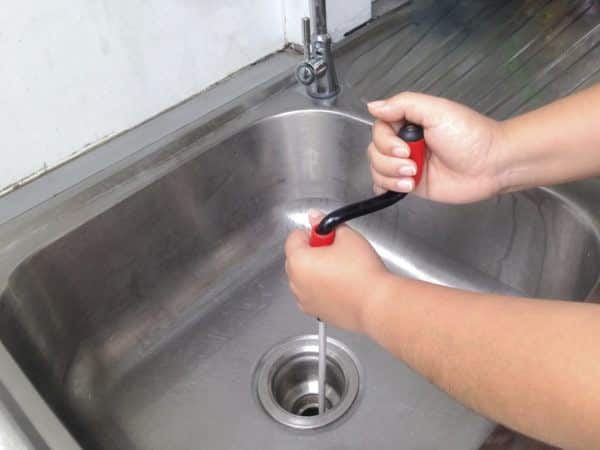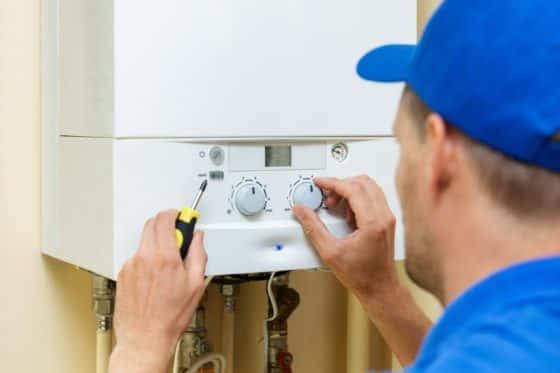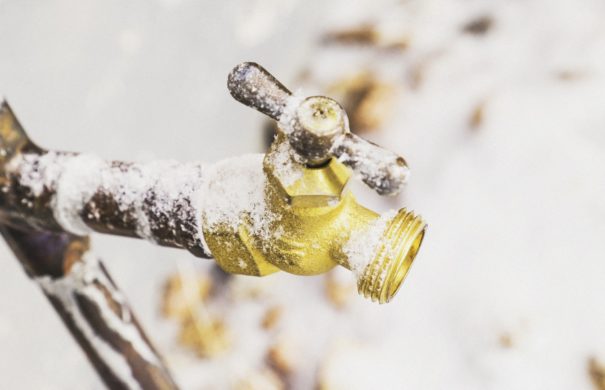
Protecting Your Plumbing From Winter Weather
Depending on where you live, the cold winter weather may bring snow, ice, and freezing temperatures. Even if you live in an area with relatively mild winters, there are still some things you need to do to protect your home from the elements during cold weather. Ensuring that gutters and your roof are ready is […]


